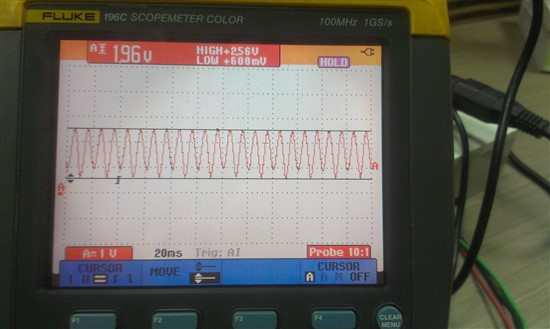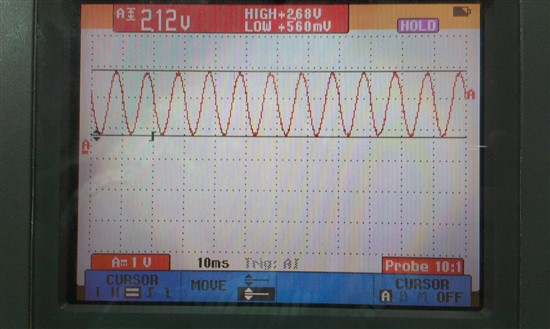I have a INA333 circuit which I am using for first stage amplification.
Present configuration which I ran in TINA-TI is attached with this query as a jpeg file.
The simulation runs fine but the realized schematic doesnt give a perfectly stable output.I am providing the input (20mV p-p)from a function generator and the gain for below output is 100.
Regards
Dilbagh Singh



